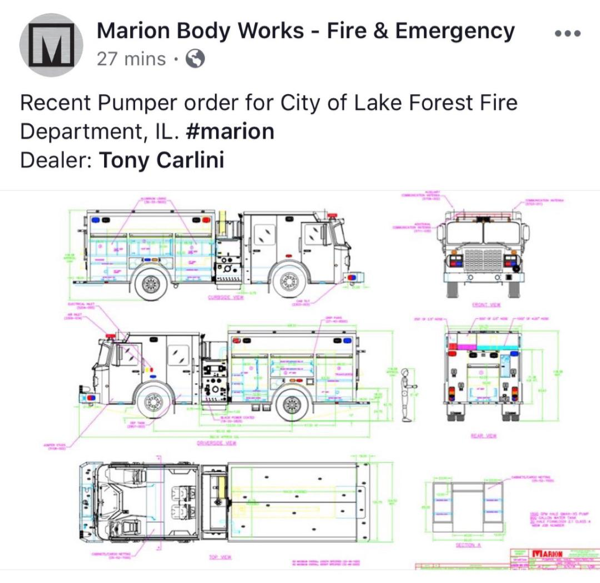Excerpts from usfa.fema.gov:
Routine firefighting can expose firefighters to substantial cancer risk. A study in 2015 estimated that firefighters have a 14 percent increased lifetime cancer risk compared to the general public.
The decon challenge
Protective gear — pants, jackets, boots, gloves, facemasks, helmets and hoods — gets contaminated from emergency vehicle diesel exhaust and from toxic smoke arising from fire incidents. Exposure can occur from the off-gassing of toxins while removing gear post-fire or absorption through the skin from contact with dirty gear.
Using cleansing wipes on skin and field decontamination of dirty gear can significantly reduce these toxic exposures, but researchers have found that firefighters often don’t perform systematic decontamination procedures. The reasons for this vary but often relate to group norms, attitudes and perceived barriers.
The researchers’ hypothesis
Firefighters work in what researchers call high-reliability organizations, where the environment is high-risk and the organizational culture places emphasis on peer-support, teamwork and expertise. Group norms exert a very strong influence in that setting.
If firefighters believe that post-fire decontamination is effective, if they perceive their group of peers recognize the value of it, and if they can overcome any time or resource barriers to performing decontamination, then the researchers would expect to see an increase in post-fire decontamination behaviors.
The intervention
The program to increase decontamination behaviors relied on face-to-face presentations delivered by a member of the research team to audiences of 12-18 firefighters at a time. They presented it to 226 firefighters in the Palm Beach County and Boynton Beach Fire Departments (Florida).
The program had these parts:
- An overview of firefighter cancer risk (PowerPoint presentation, 5-7 minutes).
- Role of firefighter culture in addressing cancer risk. The messages were designed to show changing norms and culture, for example “clean gear as a badge of honor” (PowerPoint presentation, 7-8 minutes).
- Overcoming logistical barriers to decontamination. (PowerPoint presentation, 5-7 minutes).
- Overview of specially designed campaign materials available for use around fire stations. The messages promoted the seven steps to decontamination and the new norm of clean gear. (5 minutes)
- Videos showing the spread of toxins from bunker gear using invisible dye and highly respected firefighters talking about culture change and the decontamination process.
Intervention takeaways
- Researchers measured a significant increase in firefighters’ intention to clean their gear following the presentation.
- Firefighter attitudes, perceived norms, and self-efficacy in overcoming barriers all showed substantial increases towards gear cleaning.
- A key element of the intervention was featuring highly respected firefighters delivering the principal messages and demonstrating the desired decontamination procedures. Peer influence in high reliability organizations like the fire service cannot be underestimated.
- The high occupational demands of the firefighters, who often were running 20 to 30 calls each day, made the reduction of barriers to decontamination behavior a key component in the intervention.
Key takeaway
An intervention that succeeds in increasing firefighters’ intention to perform post-fire decontamination procedures should result in decreased exposure to carcinogens and consequently a decrease in cancer risk from those exposures.
For more information on this study
- YouTube: Clean Gear as the New Badge of Honor. This video (25:25) demonstrates one approach to field decontamination. It gives firefighters many of the tools and knowledge they need to engage in field decontamination, as well as helping shift norms and attitudes toward clean gear.
- Firefighter Cancer Initiative Education Campaign. This site has the materials mentioned above and additional materials including posters used in the campaign, bumper stickers, standard operating guidelines implemented at fire departments in Florida, manuscripts, and additional videos developed by Palm Beach County Fire Rescue. (This site requires you to create an account but allows for download and non-commercial use of material.)
1Harrison, T.R., Yang, F., Morgan, S.E., Wendorf Muhamad, J., Talavera, E., Eaton, S., Niemczyk, N., Sheppard, V., Kobetz, E. (2018). The invisible danger of transferring toxins with bunker gear: a theory-based intervention to increase postfire decontamination to reduce cancer risk in firefighters. Journal of Health Communication, published online, 1-9. DOI: 10.1080/10810730.2018.1535633































